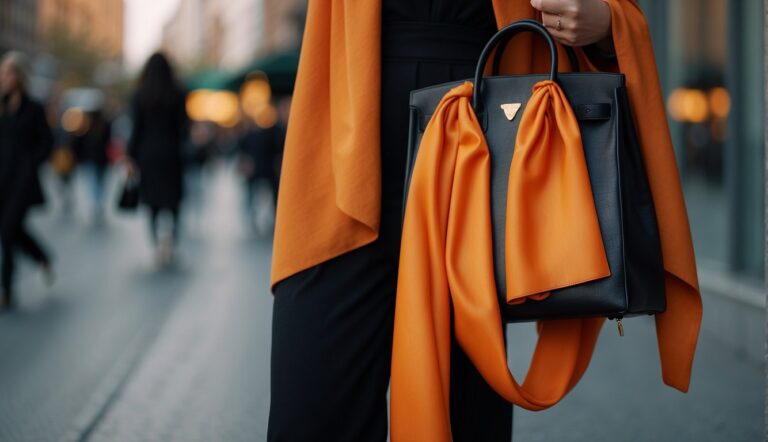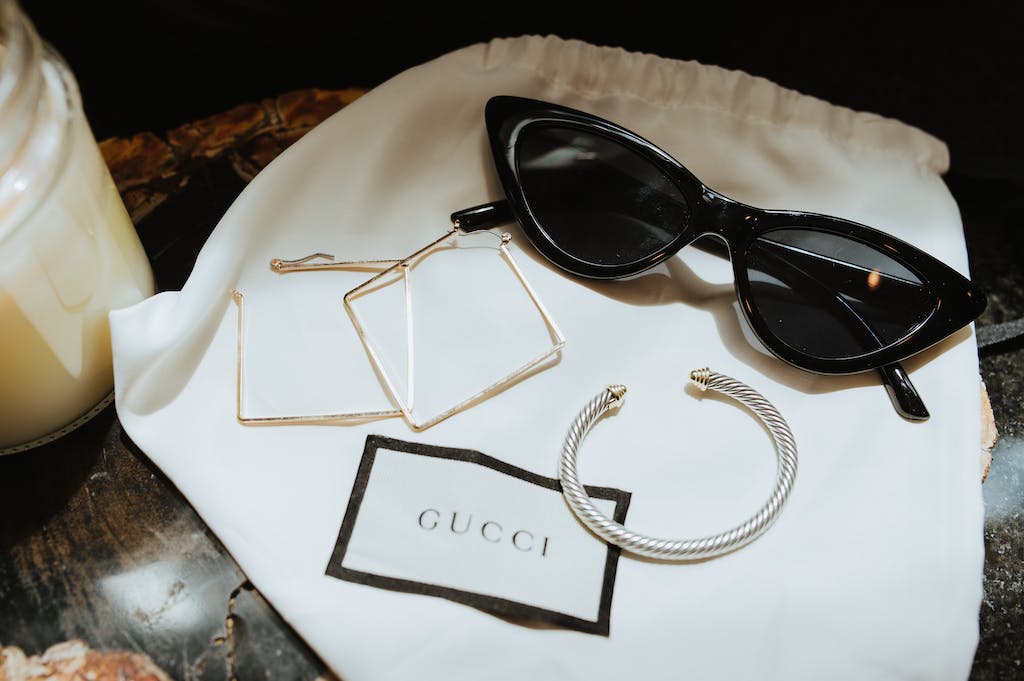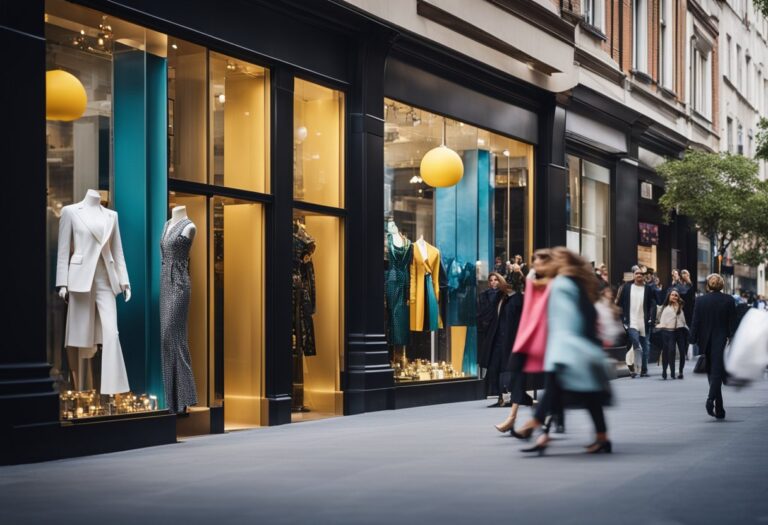Tencel Fabric: All You Need To Know
Tencel is a relatively new addition to the textile industry and fashion brands are catching on quickly. In this socioeconomic climate where consumers are able to push brands forward to make more sustainable choices, Tencel is an amazing sustainable option for brands to try.
When we make a conscious decision to buy sustainable clothing, we are saving the planet one step at a time.
Material Introduction: What is Tencel?
Tencel is a brand that produces Lyocell and Modal fibers in an environmentally friendly manner. Lyocell and Modal, similar to rayon, are cellulose fibers made from wood pulp.
Tencel is changing the sustainable game because, in their closed-loop process, they ensure that 99.8% of the solvents used in the process are recycled and reused, making their cellulose fibers one of the most environmentally friendly textile fibers.
How Tencel Is Created
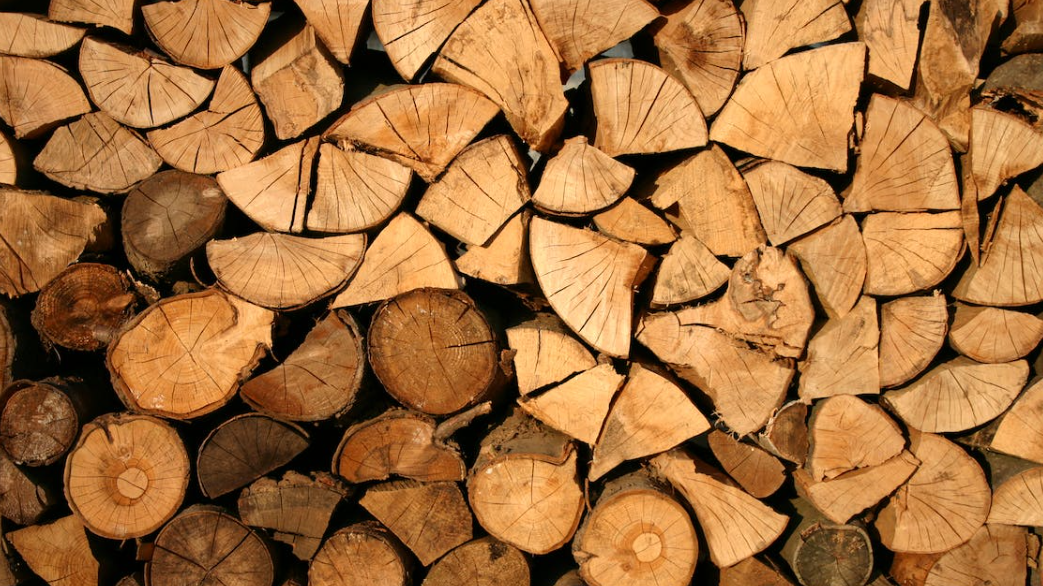
Using raw materials from sustainable Eucalyptus tree farms, they break the wood down into wood chips. These wood chips are then treated with a chemical solution, amine oxide which dissolves the cellulose, creating a solution known as dissolving pulp. It is extruded (or forced) through a spinneret which essentially pulls the dissolving pulp into threads or fibers which textile brands can use for their products.
The fibers are then washed, stretched, and dried to remove any remaining fabrics. Then they are baled and ready for spinning into yarns or fabrics.
What is the difference between Tencel and Rayon?
You might question then, why choose Tencel over traditional Rayon?
Well, although both are cellulose fibers, they are made using different processes and have different properties. The first biggest difference is that Tencel is the brand name of Lyocell and Modal fibers produced by Lenzing AG, whilst Rayon is a generic term for a variety of cellulose fibers.
What makes Tencel stand out from other cellulose fibers is that it uses a closed-loop process. This means any solvents they use to dissolve the cellulose are completely reused. This results in a more environmentally friendly process of creating fibers.
Rayon has been around since the 19th century, a time when sustainability was not at the forefront of people’s minds. Completely opposite to Tencel, it uses an open-loop process. This releases solvents into the air and can be more harmful to the environment.
Why is Tencel Gaining Popularity So Quickly?
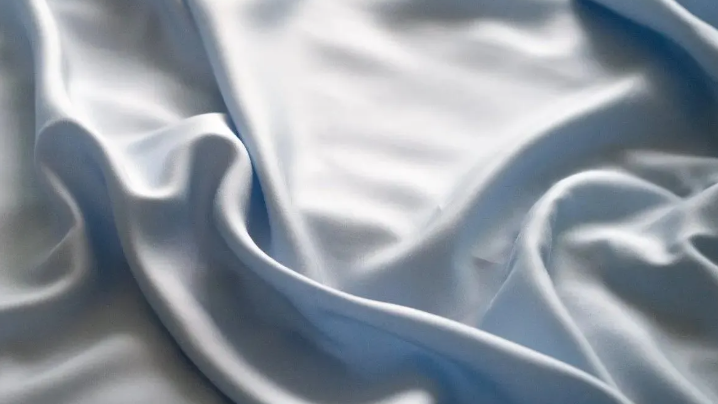
Tencel fibers are soft, smooth, and silky, and whilst having a similar texture to that of silk or cashmere, Tencel is more durable and easier to care for because they are wrinkle-resistant and highly absorbent.
Tencel is in fact, more absorbent than traditional Rayon which makes them very suitable for clothing because they absorb moisture quickly and release it just as fast. Combining this with the fact that Tencel fabrics are lightweight and breathable, they are very comfortable for us to wear in warm weather because it helps regulate our body temperature.
Additionally, Tencel fabrics drape well, giving it a luxurious and elegant look. It should come as no surprise then that many luxury brands have adopted this fabric.
Because Tencel fibers use a closed-loop process to be produced, it gets rid of impurities giving them a natural sheen, and a soft smooth.
Overall, Tencel fabric is a sustainable, soft, and durable material known for its eco-friendly production process and exceptional comfort, making it an increasingly popular choice in the textile industry for both fashion and home products.
What are Some Great Sustainable Brands that use Tencel?
- Eileen Fisher
- Cosabella
- People Tree
- Thought Clothing
- Patagonia
- Reformation
What Luxury Brands Use Tencel?
- Hugo Boss
- Calvin Klein
- Versace
- Tom Ford
For the full list of brands that use Tencel Fibers: https://www.tencel.com/brands
FAQ
Is Tencel Fabric Toxic?
Tencel fabric is considered non-toxic and safe for use in clothing and other textiles, for example, bedding. This is only possible because the production process used to make Tencel fibers is designed using non-toxic solvents and is free of any harmful impurities. It is also considered hypoallergenic which makes it suitable for sensitive skin.
What Are Cellulose Fibers?
Cellulose Fibers are fibers made from plants. With similar properties to natural fibers such as cotton and linen, they are more environmentally friendly as they are biodegradable and can be recycled which helps to reduce waste and conserve resources.
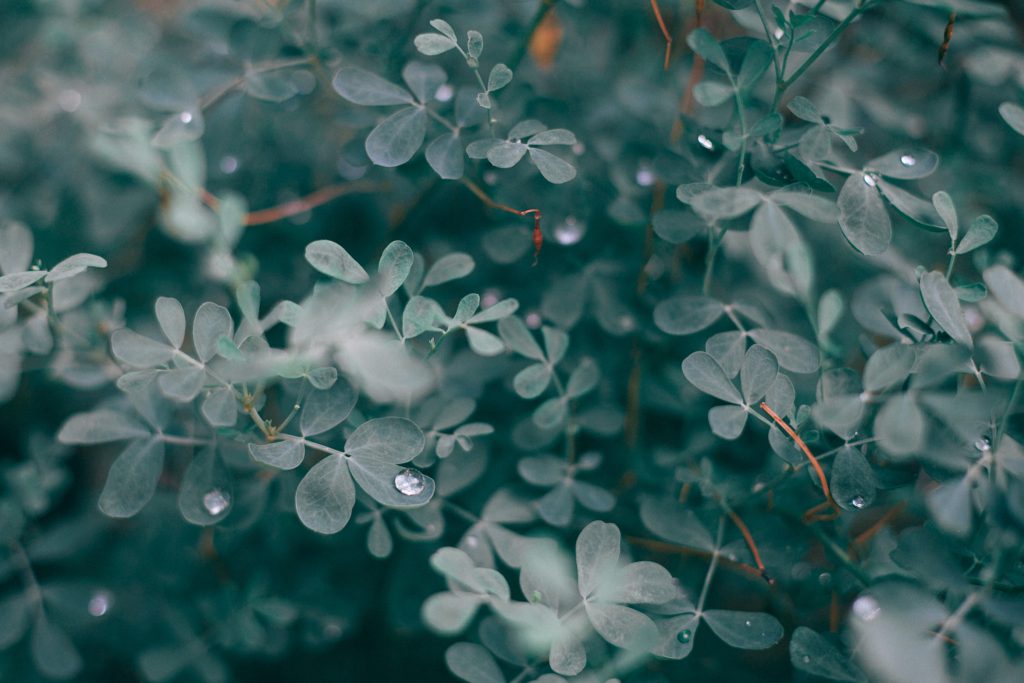
Tencel Lyocell Vs Tencel Modal
Tencel Lyocell is made with Eucalyptus wood whilst Tencel Modal is made with Beech Wood. This results in Lyocell being more durable than Modal. In addition, Lyocell is also considered moisture-wicking, meaning
Both Tencel Lyocell and Modal are highly breathable, and environmentally fabrics, however since Lyocell is more durable and moisture-wicking, it is the more expensive option for an environmentally conscious fabric.
READ MORE: Who Decides What Is Fashionable?


